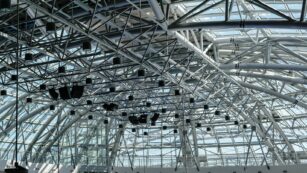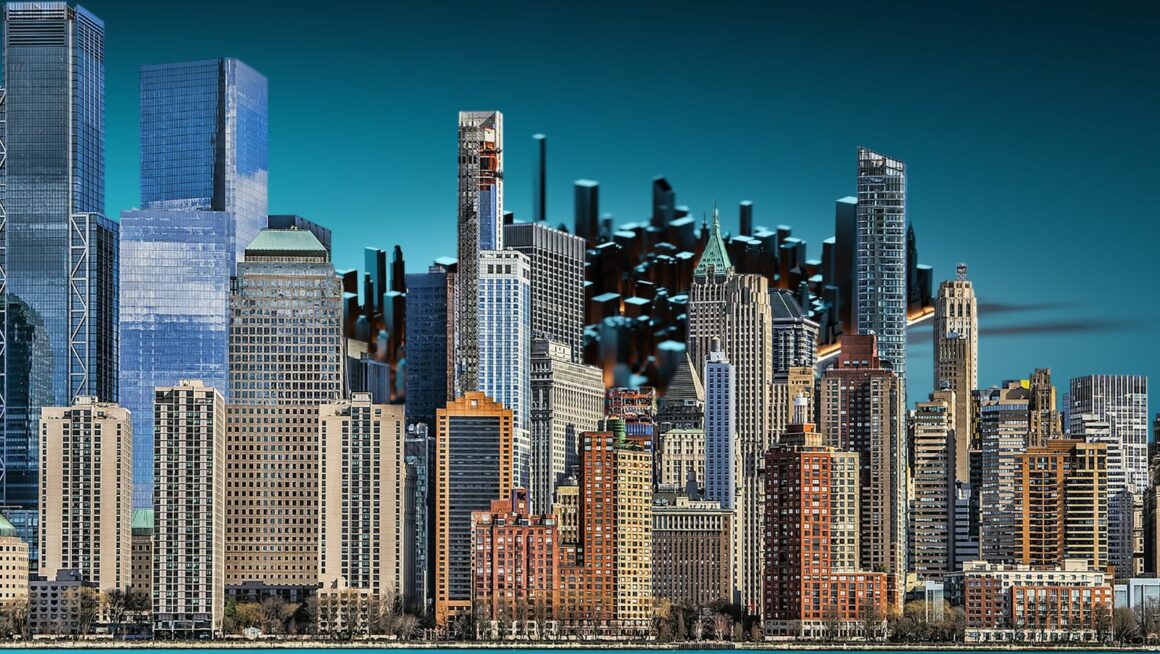The world of architecture is constantly evolving, pushing the boundaries of design and technology to create spaces that are not only aesthetically pleasing but also highly functional and sustainable. From towering skyscrapers that defy old engineering norms to eco-friendly homes that prioritize energy efficiency, the advancements in architecture are reshaping our environments in exciting ways.
Advancements in Architecture
Advancements in architecture not only reflect the growth of a society but also promote its future development. This shift from traditional approaches to incorporating modern technology ensures that buildings meet and exceed today’s environmental and societal demands.
From Ancient to Modern Innovations
 Moving from ancient to modern innovations in architecture involves significant transformations. Initially, structures relied heavily on locally sourced materials such as stone and wood. Today, the focus has shifted towards sustainability and efficiency, integrating smart technology into building designs. Examples include the use of digital modeling and virtual reality, allowing architects to explore and rectify designs before construction begins.
Moving from ancient to modern innovations in architecture involves significant transformations. Initially, structures relied heavily on locally sourced materials such as stone and wood. Today, the focus has shifted towards sustainability and efficiency, integrating smart technology into building designs. Examples include the use of digital modeling and virtual reality, allowing architects to explore and rectify designs before construction begins.
The evolution of building materials is a critical aspect of architectural advancement. Originally, natural materials dominated construction; however, the 20th century introduced synthetics like concrete and steel, dramatically changing the skyline. Currently, the industry prioritizes materials that are both sturdy and environmentally friendly.
Impact of Digital Design Tools
Transformation in Architectural Visualization
 Digital design tools have revolutionized architectural visualization, enabling architects to create more detailed and precise models. Tools like Building Information Modeling (BIM) software allow for the creation of 3D digital blueprints that showcase every aspect of a building before construction begins. This tool offers clear benefits, particularly in detecting potential design conflicts, saving time, and reducing material waste.
Digital design tools have revolutionized architectural visualization, enabling architects to create more detailed and precise models. Tools like Building Information Modeling (BIM) software allow for the creation of 3D digital blueprints that showcase every aspect of a building before construction begins. This tool offers clear benefits, particularly in detecting potential design conflicts, saving time, and reducing material waste.
The adoption of digital tools in architecture significantly enhances accuracy in planning and construction. Software applications such as AutoCAD and Revit facilitate exact measurements and modifications in real-time, minimizing errors during the construction phase. They assist architects in crafting precision-based models, which align exactly with the intended outcome, ensuring that projects adhere closely to their original specifications.
Collaboration Across Disciplines
Implementing digital design tools fosters improved collaboration among various professionals involved in building projects, from engineers to contractors. Cloud-based platforms enable teams to work simultaneously on the same project files, regardless of their physical location. This accessibility improves communication, speeds up project timelines, and allows for more dynamic interaction between team members, which in turn improves the project’s overall quality.
Sustainability and Resource Management
 Digital tools extend their impact to sustainability in architecture by optimizing resource allocation and waste reduction. Programs that simulate energy efficiency and automation help architects to design buildings that consume less power and incorporate renewable energy sources efficiently. For example, software that assesses solar panel placement or that simulates building thermal performance can contribute significantly to creating energy-efficient structures.
Digital tools extend their impact to sustainability in architecture by optimizing resource allocation and waste reduction. Programs that simulate energy efficiency and automation help architects to design buildings that consume less power and incorporate renewable energy sources efficiently. For example, software that assesses solar panel placement or that simulates building thermal performance can contribute significantly to creating energy-efficient structures.
Each of these advancements showcases how digital design tools are not just evolving but revolutionizing the field of architecture, reconciling aesthetic values with functionality and environmental concerns. By integrating these tools, architects can meet modern environmental and societal demands more effectively and sustainably.
Future Trends in Architecture
 The ever-evolving field of architecture stands at the forefront of innovation shaping our built environments for a sustainable future. As architects blend creativity with cutting-edge technologies the boundaries of what’s possible continue to expand. This integration not only improves the aesthetic and functional aspects of buildings but also ensures they are more adaptable to our changing world.
The ever-evolving field of architecture stands at the forefront of innovation shaping our built environments for a sustainable future. As architects blend creativity with cutting-edge technologies the boundaries of what’s possible continue to expand. This integration not only improves the aesthetic and functional aspects of buildings but also ensures they are more adaptable to our changing world.
Technological strides in architecture promise to redefine our urban landscapes. With tools like BIM and smart technologies buildings become more than static structures; they evolve into responsive entities that enhance the quality of life for their occupants. The shift towards sustainability and efficiency is set to continue influencing architectural practices globally ensuring that the structures of tomorrow are not only built to last but are also kinder to our planet.
Embracing these advancements architects are poised to lead the charge in creating innovative spaces that resonate with modern needs and aspirations. The future of architecture looks promising equipped with the tools to craft environments that are both beautiful and beneficial on multiple levels.

